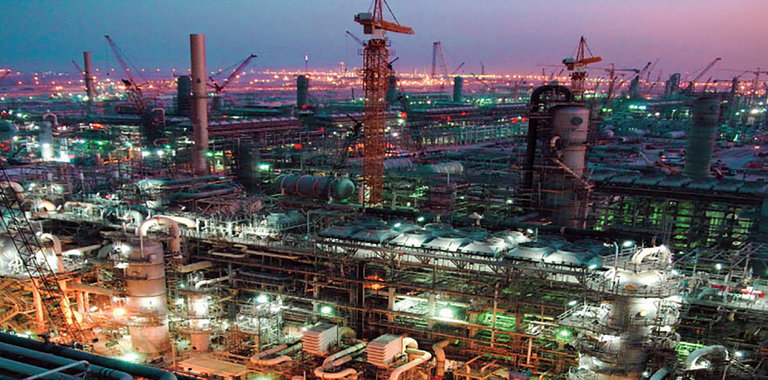Case Study
From massive to mega: the Qatargas LNG trains that changed the industry
Sep 28, 2020
Following up on the three compression trains installed at Qatargas 1, we were asked a few years later to support a series of major expansion projects for Qatargas and Ras Laffan LNG Company—designing and installing a total of six new liquefaction "mega-trains" with an unprecedented production capacity of 7.8 mtpa each.
Since then, we've continued evolving our gas turbine and compressor train technologies, and honing our service approaches to keep our customers, and the industry overall, moving forward.

